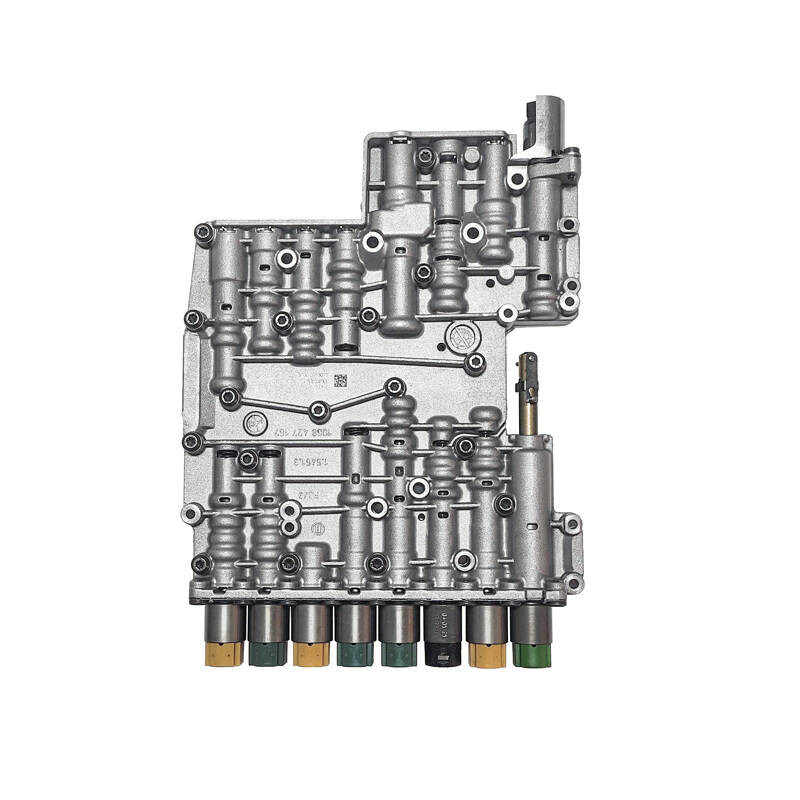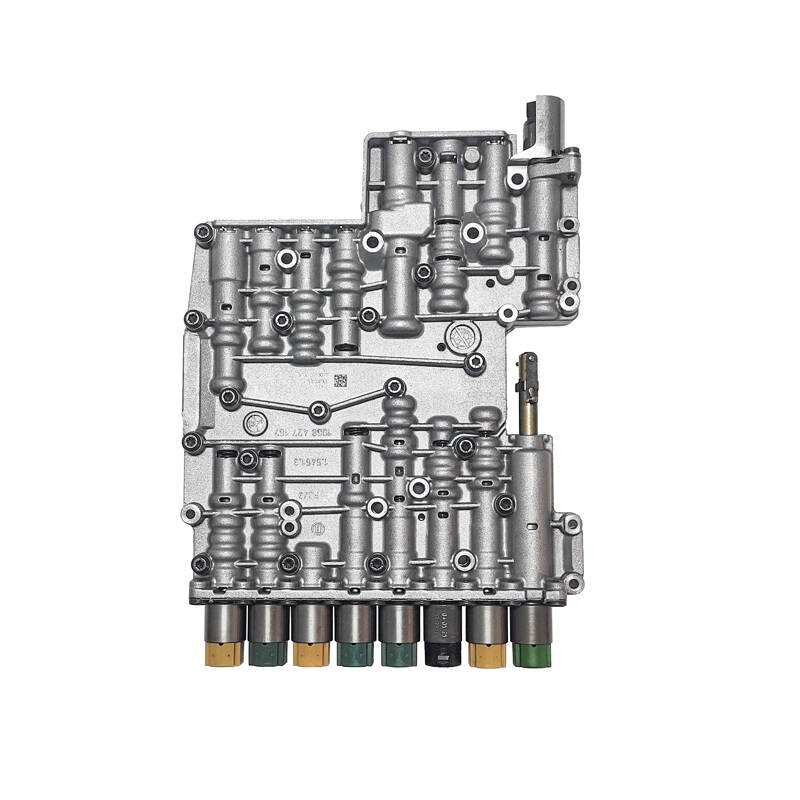
Email format error
Email cannot be empty
Email already exists
6-20 characters(letters plus numbers only)
The password is inconsistent
Email format error
Email cannot be empty
Email does not exist
6-20 characters(letters plus numbers only)
The password is inconsistent


Introduction
Automatic transmissions rely on many components. One component stands out as the unsung hero of smooth shifting. This component is the auto transmission valve body. This essential part controls the flow of transmission fluid. It directs hydraulic pressure to the right places at the right time. If you work in the automotive industry, understanding the valve body is crucial. If you seek reliable suppliers, understanding valve body factories is also crucial.
In this blog, we will explore the function of auto transmission valve bodies. We will explain their importance. We will describe their production process. We will also highlight key factors. These factors help in selecting a reliable manufacturing partner.
What Is an Auto Transmission Valve Body?
The valve body acts as the control center of an automatic transmission. It contains a network of channels. These channels regulate hydraulic fluid. It also contains valves. These valves engage and disengage gears smoothly. Without a functioning valve body, shifting would be erratic. In some cases, shifting would be impossible.
Key Functions:
The valve body regulates gear shifts. It controls when gears shift. It controls how gears shift. This control depends on input from the transmission control module (TCM). It also depends on hydraulic pressure.
The valve body distributes transmission fluid. It directs fluid to the correct clutch packs. It directs fluid to the correct bands.
The valve body ensures smooth operation. It manages pressure levels. This management prevents hard shifting. It prevents delays. It prevents slippage.
The Importance of a High-Quality Valve Body
A poorly manufactured valve body causes severe issues. These issues include rough shifting. They include transmission overheating. They include total failure. This is why sourcing from reputable factories is essential.
Common Issues with Low-Quality Valve Bodies:
Fluid leaks occur. These leaks result from poor casting. They result from improper machining. Leaks reduce performance.
Warping and wear happen. Inferior materials cause premature failure. Heat and friction contribute to this failure.
Delayed shifts occur. Slipping shifts occur. Faulty valve bodies cause these issues. These issues reduce vehicle efficiency. They reduce comfort.
Manufacturing an Auto Transmission Valve Body
Producing a valve body requires precision engineering. It requires high-quality materials. It requires strict quality control. Below is the process used by factories.
1. Design & Engineering
Factories start with detailed designs. They use advanced CAD software. This software maps fluid passages. It maps valve placements. The design process ensures optimal performance. It minimizes potential failure points.
2. Material Selection
High-grade aluminum is commonly used. Cast iron is also used. These materials withstand high pressure. They withstand temperature variations.
3. Casting & Machining
Casting forms the initial shape. Precision casting ensures structural robustness.
CNC machining follows casting. This machining refines the valve body. It ensures precise fluid channels. It ensures precise valve seats.
4. Valve & Solenoid Installation
Manufacturers install check valves. They install springs. They install solenoids. These components control hydraulic flow.
5. Quality Testing & Calibration
Every valve body undergoes pressure testing. This testing ensures no leaks occur. Leaks are checked under operational stress.
Hydraulic simulation is performed. This simulation checks fluid flow. It mimics real-world conditions.
Computer diagnostics verify electronic solenoids. They verify sensors. They ensure proper functionality.

Choosing the Right Auto Transmission Valve Body Factory
Selecting the right manufacturer is crucial. Below are key factors to consider.
1. Experience & Reputation
Choose factories with proven track records. Established manufacturers refine production techniques. They implement stringent quality control.
2. Certifications & Standards Compliance
Reliable factories meet international standards. Examples include ISO/TS 16949. Compliance ensures consistency. It ensures quality.
3. Customization Capabilities
Some businesses require modifications. Factories offering custom solutions provide competitive advantages.
4. Supply Chain Reliability
Timely delivery matters. Stable supply chains ensure seamless operations.
5. After-Sales Support
Good manufacturers offer warranties. They provide technical support. They assist with integration.
Future Trends in Auto Transmission Valve Body Manufacturing
The automotive industry evolves rapidly. Valve body technology evolves too. Below are key trends.
1. Electronic Control Integration
Smart vehicles use electronic valve bodies. These bodies become more sophisticated. They improve fuel efficiency. They enable smoother shifts.
2. Eco-Friendly Materials & Manufacturing
Manufacturers reduce waste. They use recyclable materials. This aligns with sustainability goals.
3. 3D Printing & Advanced Machining
3D printing produces complex designs. It offers greater precision. It improves efficiency.
Conclusion
The auto transmission valve body ensures seamless gear shifts. It ensures optimal performance. Businesses must choose the right manufacturing partner. This choice delivers high-quality products.
Reputable factories ensure reliable performance. They reduce warranty claims. They strengthen brand reputation. Automotive suppliers benefit from partnerships. Transmission repair shops benefit. OEMs benefit too. Top-tier manufacturers enable long-term success.
Looking for a trusted supplier? Contact us today. Learn about our high-quality solutions.